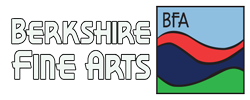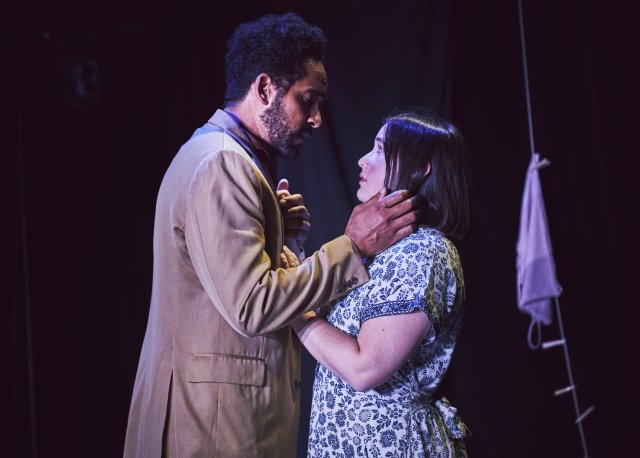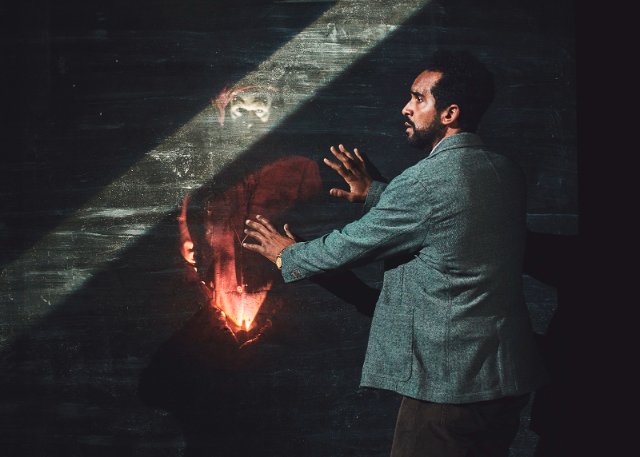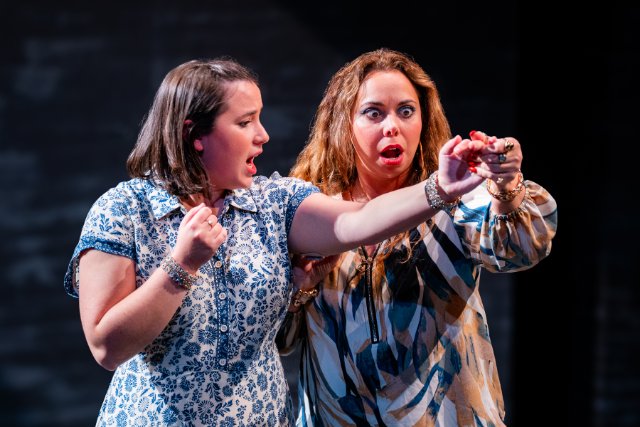Heartbeat Opera Shapeshifts Faust
Gounod's Opera Updated
By: Susan Hall - May 20, 2025
Heartbeat Opera is a crown jewel in New York’s opera diadem. Their productions make opera accessible and compelling to contemporary audiences by breathing new life into beloved classics. Faust, their current production running through May 25, is no exception—it’s a bold, inventive take that succeeds on many fronts.
This version of Charles Gounod’s Faust features a chamber ensemble called a “band,” consisting of violin, cello, mandolin, flutes, clarinets, saxophones, trumpet, piano, bass, electric bass, and harmonium. Led by Jacob Ashworth on violin, the ensemble captures all the “French perfume” of Gounod’s score. Texture is enriched by a harmonium played by Artis Wodehouse.
The harmonium, once a fixture in every household, offers a remarkably versatile addition. It can serve as a propulsive bass or blend with other instruments to transform timbre. In opera, its bellows mirror a singer’s breath, lending it an almost human quality.
Tackling an opera that was performed over 3,000 times in 19th-century France is no small feat. Heartbeat makes judicious cuts to the libretto, preserving the most beloved arias. New dialogue in contemporary English has been added. The result is a fresh, streamlined adaptation that honors the original while speaking to today's audiences.
What made Faust so appealing in its early years was the emotional investment of singers. The current cast brings intensity and commitment, with standout performances by Rachel Kobernick as Marguerite and John Taylor Ward as Mephistopheles. His long red feather is unforgettable.
Eliza Bonet, as Marguerite’s friend Martha, delights in her playful scenes with Mephistopheles, turning flirtation into a devilishly amusing exchange.
The set is cleverly designed. Moving walls shift with the rhythm of the music, transforming a single space into a bar, Marguerite’s home, or even hell. It’s a small but magical staging feat.
However, some production elements feel more conceptual than integrated. Shadow figures, marionettes, flashlights, and dancing fluorescent bulbs seem like items on a checklist rather than essential parts of the storytelling. Director Sara Holdren’s theme of light and shadow is intellectually intriguing but less emotionally resonant onstage.
Marguerite’s ascent to heaven is staged with a striking bank of vertical bulbs that flood the theater with light. Yet, the ending feels oddly chosen. In both Goethe’s and Gounod’s originals, Marguerite murders her child—an act with heavy moral and emotional weight. This production keeps the child but obscures the act. Some in the audience thought a baby lay in the bassinet; I was half-expecting a red feather—like the devil’s—to rise instead.
At its heart, Faust is a story of boundless ambition and deep uncertainty. Gounod’s opera largely sidesteps the ambiguity of Goethe’s version, and that philosophical tension is still missing here. Yet Heartbeat’s production offers a vivid, risk-taking interpretation that stimulates both eye and ear—even if it doesn’t probe every existential depth.



